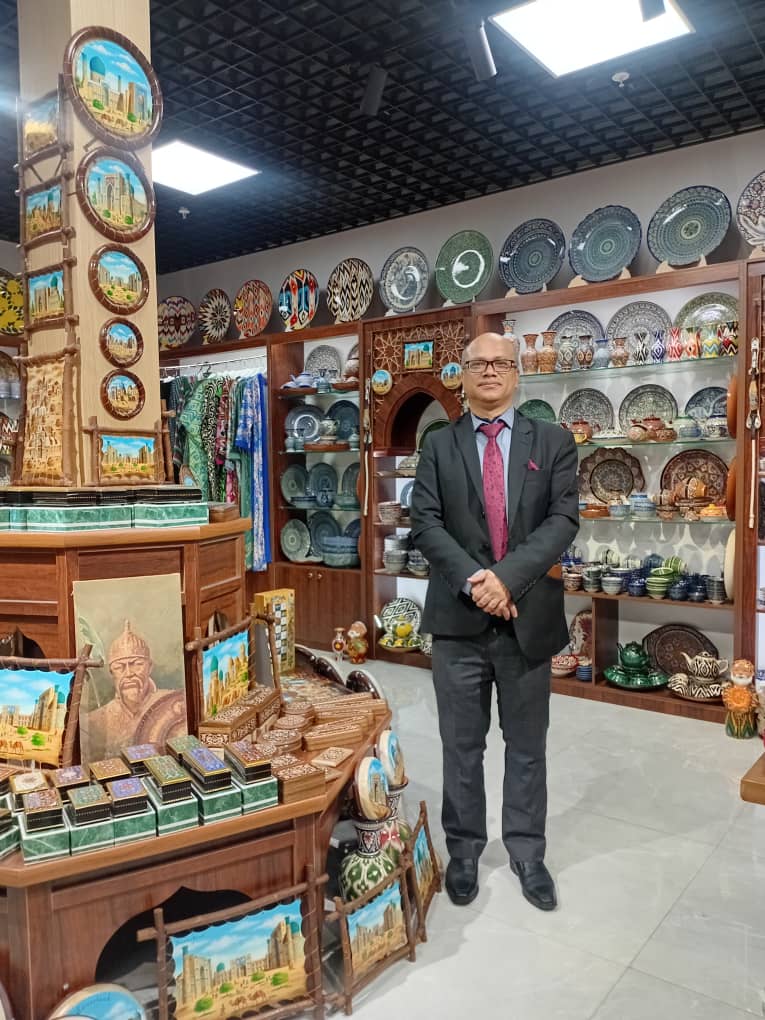Back to News
Multimodal LLMs Integrate Vision, Sound, and Text for Holistic World Understanding
10/18/2024
Multimodal LLMs are increasingly integrating diverse data formats like vision, sound, and text, enabling a more holistic understanding of the world and unlocking significant value in generative AI.
The evolution of Large Language Models (LLMs) in 2024-2025 is marked by a significant shift towards multimodal capabilities, integrating diverse data formats such as text, images, audio, and video within unified models. This progression moves LLMs beyond purely linguistic intelligence towards a more holistic, "perceptual" understanding of the world, mirroring human cognitive processes that naturally integrate information from multiple senses. Early breakthroughs in generative AI, such as Stable Diffusion for image generation and MusicLM for audio, underscore this trend. McKinsey research highlights that nearly one-fifth of the generative AI value across various use cases could stem from these multimodal capabilities. Major players like OpenAI (GPT-4.5) and Google (Gemini Ultra) are actively advancing their offerings, potentially incorporating deeper integration of structured data and knowledge graphs. The emergence of efficient models like SmolDocling, a lightweight 256-million-parameter vision-language model that efficiently converts full document pages into structured markup while matching or outperforming much larger models, demonstrates that advanced multimodal understanding is becoming accessible and practical for broader deployment in areas like disaster management, scientific research, and complex data analysis.